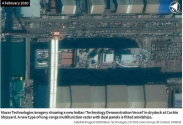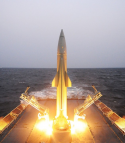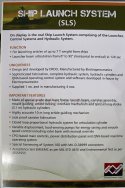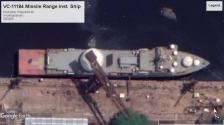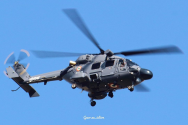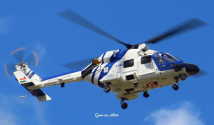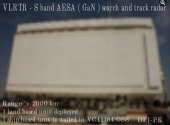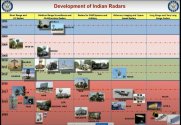India also has dedicated land based radars for space surveillance and tracking.
These radars are known as VLRTR ( very long range tracking radar ). It is a AESA radar using GaN technology.
Their ranges are greater than 3000 km. Though normally they are operated at low power for 2000 km range.
2 units of VLRTR are operational by NTRO which is the technical intelligence agency of India. Though I believe the system’s comes under the purview of Indian defence space agency ( DSA ) and Defence Space Research Agency (DSRA).
.
Just to give an example of the capabilities of older systems operational in India.
In 2015 ISRO ( Indian space research organisation ) commissioned it’s Multi-Object Tracking Radar ( MOTR ) to track its space assets , space debris , reentry of spacecrafts , rocket launches etc.
The radar can detect and track ~ 30 cm x 30 cm sized objects at 800 km range, and ~ 50 cm x 50 cm objects at 1,000 km range in space.
The radar can track more than 10 space targets simultaneously.
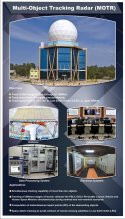
GaN is preferred if SWaP is at a premium eg airborne radars , otherwise GaAs is mostly opted for due to cost constraints and other complexities. Anyways GaN is the best choice.
.
GaN is preferred if SWaP is at a premium eg airborne radars , otherwise GaAs is mostly opted for due to cost constraints and other complexities. Anyways GaN is the best choice.
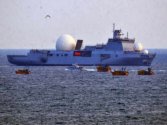
.
There is another similar ship known as DRDO Project 20 ship / DRDO TDV ( technology demonstration vessel ).
Pic from Jane’s intelligence review magazine
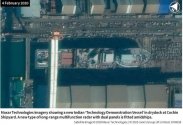
.
DRDO Project 20 ship / DRDO TDV (technology demonstration vessel) is fitted with a dual panel long range multifunction radar ( LR-MFR ) which can act as a long range fire control radar.
It also has 4 hatches for installation of ship launch system ( SLS ).
This ship is part of India’s new sea based open test range in the Indian Ocean in order to test long range surface to air missiles , long range cruise missiles , ICBMs / SLBMs , MIRVs / MaRVs / HGVs etc.
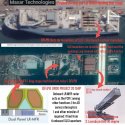
.
Launch of Dhanush ballistic missile from an Indian Navy OPV ( offshore patrol vessel )
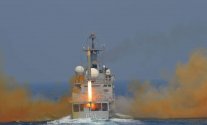
These radars are known as VLRTR ( very long range tracking radar ). It is a AESA radar using GaN technology.
Their ranges are greater than 3000 km. Though normally they are operated at low power for 2000 km range.
2 units of VLRTR are operational by NTRO which is the technical intelligence agency of India. Though I believe the system’s comes under the purview of Indian defence space agency ( DSA ) and Defence Space Research Agency (DSRA).
.
Just to give an example of the capabilities of older systems operational in India.
In 2015 ISRO ( Indian space research organisation ) commissioned it’s Multi-Object Tracking Radar ( MOTR ) to track its space assets , space debris , reentry of spacecrafts , rocket launches etc.
The radar can detect and track ~ 30 cm x 30 cm sized objects at 800 km range, and ~ 50 cm x 50 cm objects at 1,000 km range in space.
The radar can track more than 10 space targets simultaneously.

GaN is preferred if SWaP is at a premium eg airborne radars , otherwise GaAs is mostly opted for due to cost constraints and other complexities. Anyways GaN is the best choice.
.
GaN is preferred if SWaP is at a premium eg airborne radars , otherwise GaAs is mostly opted for due to cost constraints and other complexities. Anyways GaN is the best choice.

.
There is another similar ship known as DRDO Project 20 ship / DRDO TDV ( technology demonstration vessel ).
Pic from Jane’s intelligence review magazine

.
DRDO Project 20 ship / DRDO TDV (technology demonstration vessel) is fitted with a dual panel long range multifunction radar ( LR-MFR ) which can act as a long range fire control radar.
It also has 4 hatches for installation of ship launch system ( SLS ).
This ship is part of India’s new sea based open test range in the Indian Ocean in order to test long range surface to air missiles , long range cruise missiles , ICBMs / SLBMs , MIRVs / MaRVs / HGVs etc.

.
Launch of Dhanush ballistic missile from an Indian Navy OPV ( offshore patrol vessel )


